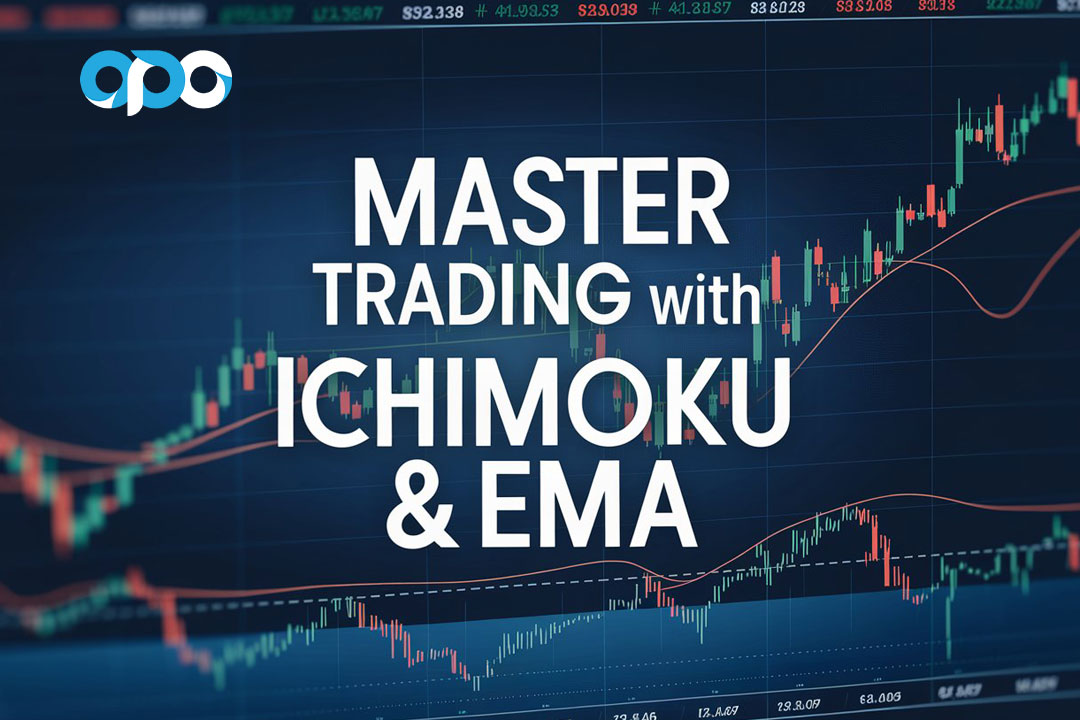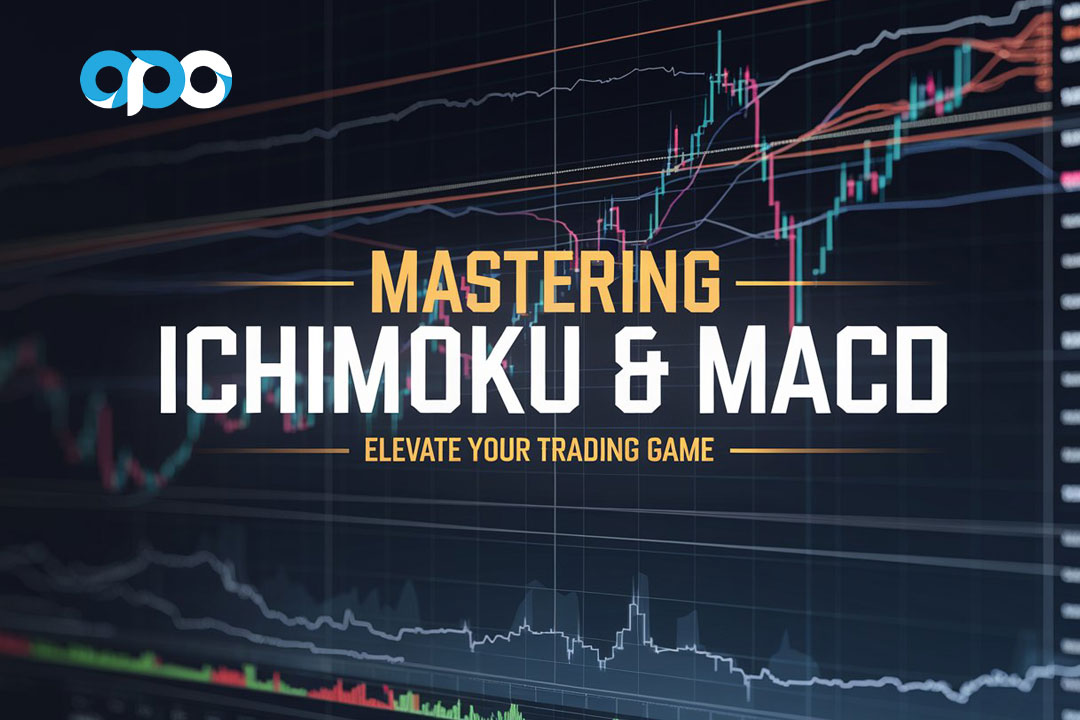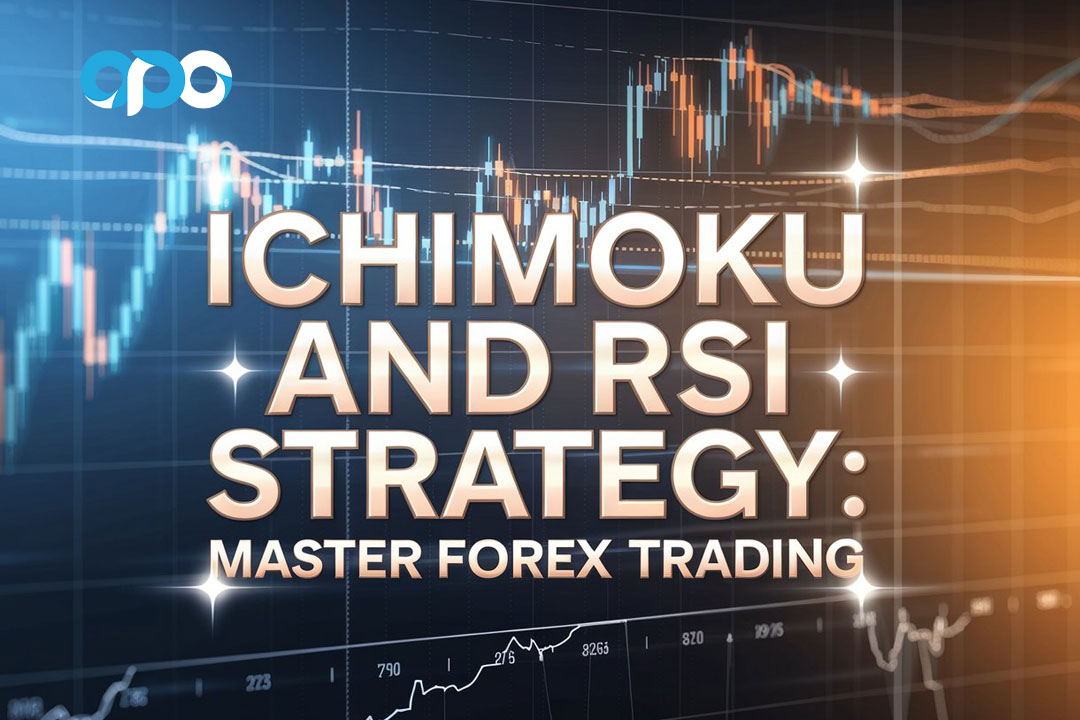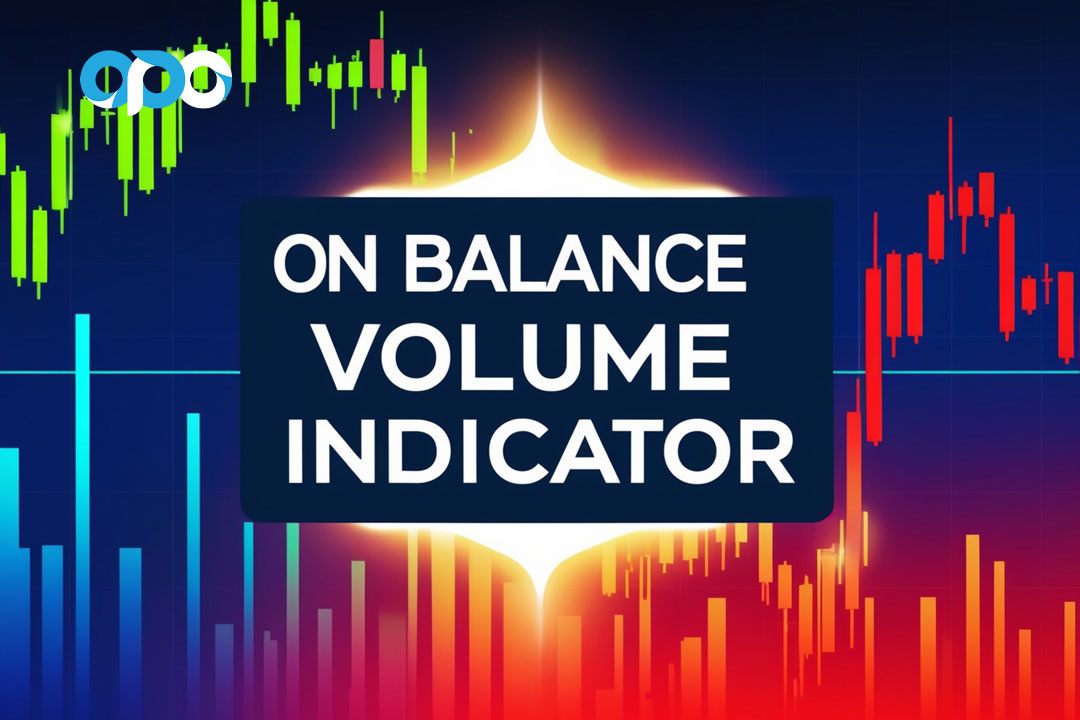Achieving consistent profits in forex trading is a challenging yet attainable goal. It requires a comprehensive understanding of the market, the development of a sound trading strategy, effective risk management, proper capital selection, consistency, and strong psychological discipline. This guide will walk you through the essential aspects to help you make consistent profits in forex trading.
Introduction to Forex Trading
Forex trading, the largest financial market in the world, offers significant profit potential. However, achieving consistent profits is challenging and requires a well-rounded understanding of the market, disciplined strategy development, effective risk management, proper capital selection, consistency, and a strong psychological approach. This comprehensive guide will cover essential aspects to help you make consistent profits in forex trading.
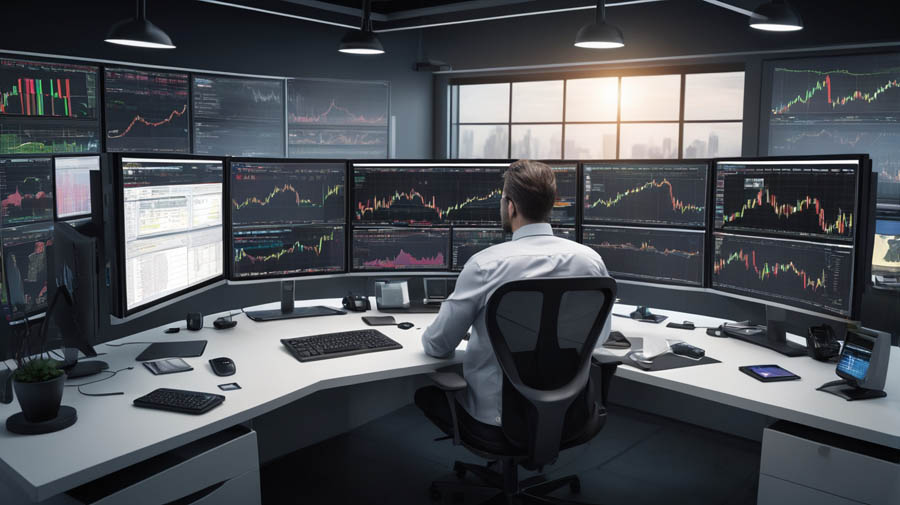
Understanding the Forex Market
The foreign exchange (forex) market is a decentralized global marketplace where currencies are traded. It operates 24 hours a day, five days a week, with major trading centers in London, New York, Tokyo, and Sydney. Unlike stock markets, the forex market does not have a central exchange. Instead, trading is conducted electronically over-the-counter (OTC), which means that transactions occur through a network of banks, brokers, and financial institutions.
Forex trading involves buying one currency while simultaneously selling another. Currency pairs, such as EUR/USD or GBP/JPY, represent these transactions. The first currency in the pair is the base currency, and the second is the quote currency. The price of a currency pair indicates how much of the quote currency is needed to purchase one unit of the base currency.
The Importance of Realistic Expectations
While the allure of making quick and significant profits in forex trading is tempting, it’s crucial to have realistic expectations. The myth of consistent profits can lead to overtrading, excessive risk-taking, and emotional decision-making. Successful forex trading requires patience, discipline, and a long-term perspective.
Developing a Trading Strategy
A well-crafted trading strategy is crucial for achieving consistent profits in forex trading. It serves as a roadmap, guiding your trading decisions and helping you stay disciplined. Here, we will delve deeper into the key components of developing a robust trading strategy: choosing a time frame, identifying your trading style, backtesting, and refining your strategy. This section will also include detailed explanations to enhance your understanding.

Choosing a Time Frame
Selecting the appropriate time frame is fundamental to your trading strategy. The time frame you choose will determine how long you hold your positions and how frequently you trade. There are several time frames to consider, each with its unique characteristics and requirements:
Short-Term Time Frames (Scalping and Day Trading)
- Scalping: Scalping involves making numerous trades throughout the day, holding positions for just a few seconds to minutes. This approach aims to profit from small price movements. Scalpers rely heavily on technical analysis and must be able to make quick decisions.
- Day Trading: Day traders open and close positions within the same trading day, avoiding overnight risk. Day trading requires constant market monitoring and quick decision-making to capitalize on intraday price fluctuations.
Medium-Term Time Frames (Swing Trading)
- Swing Trading: Swing traders hold positions for several days to weeks, aiming to profit from medium-term price trends. This approach allows for more flexibility and less frequent monitoring compared to day trading. Swing traders use a combination of technical and fundamental analysis to identify potential trade opportunities.
Long-Term Time Frames (Position Trading)
- Position Trading: Position traders hold positions for weeks, months, or even years, focusing on long-term trends. This approach requires a deep understanding of fundamental factors that can influence currency prices over extended periods. Position trading is less stressful and time-consuming than short-term trading, but it requires patience and a significant capital investment.
Identifying Your Trading Style
Your trading style will significantly influence your approach to the forex market. There are two primary styles: technical analysis and fundamental analysis. Each style has its advantages and challenges, and many successful traders use a combination of both.
Technical Analysis
Technical analysis involves analyzing historical price data and using charts and technical indicators to predict future price movements. This approach is based on the idea that market prices reflect all available information, and price movements follow identifiable patterns.
- Chart Patterns: Technical traders study chart patterns such as head and shoulders, double tops and bottoms, and triangles to predict future price movements. These patterns provide insights into market sentiment and potential reversals or continuations.
- Technical Indicators: Indicators such as moving averages, Relative Strength Index (RSI), and Bollinger Bands help traders identify trends, overbought or oversold conditions, and potential entry and exit points. Combining multiple indicators can provide more robust signals.
Read More: The Mindset of a Successful Trader
Fundamental Analysis
Fundamental analysis evaluates economic, political, and social factors that can impact currency prices. This approach involves analyzing economic indicators, central bank policies, geopolitical events, and other macroeconomic factors.

- Economic Indicators: Key indicators such as Gross Domestic Product (GDP), employment data, inflation rates, and trade balances provide insights into a country’s economic health and potential currency movements.
- Central Bank Policies: Interest rate decisions, quantitative easing measures, and other monetary policies significantly impact currency values. Traders closely monitor central bank announcements and minutes for clues about future policy directions.
- Geopolitical Events: Political stability, elections, trade agreements, and conflicts can influence currency prices. Fundamental traders must stay informed about global events that could affect the forex market.
Backtesting and Refining Your Strategy
Once you’ve chosen a time frame and trading style, it’s essential to backtest your strategy. Backtesting involves applying your trading strategy to historical market data to evaluate its performance. This process helps identify strengths and weaknesses and allows you to refine your strategy before risking real capital.
Steps for Effective Backtesting
- Define Your Strategy: Clearly outline your trading rules, including entry and exit criteria, stop-loss levels, and position sizing. Ensure your strategy is specific and can be objectively tested.
- Gather Historical Data: Collect historical price data for the currency pairs you plan to trade. Ensure the data covers various market conditions to provide a comprehensive evaluation of your strategy.
- Simulate Trades: Apply your strategy to the historical data, simulating trades as if you were trading in real-time. Record the results, including profits, losses, and drawdowns.
- Analyze Results: Assess the performance of your strategy based on key metrics such as the win rate, average profit/loss per trade, maximum drawdown, and risk-reward ratio. Identify any patterns or weaknesses that need addressing.
- Refine Your Strategy: Based on your analysis, make necessary adjustments to improve your strategy. This may involve tweaking entry and exit criteria, optimizing stop-loss levels, or incorporating additional technical indicators.
By thoroughly developing and rigorously testing your trading strategy, you can increase your chances of achieving consistent profits in forex trading. Remember that continuous improvement and adaptation to changing market conditions are essential for long-term success.
Read More: Forex Diversification Strategies
Risk Management
Effective risk management is crucial to making consistent profits in forex trading. Without proper risk management, even the most successful trading strategy can lead to significant losses. This section will delve into the key components of risk management: setting stop-loss orders, calculating risk-reward ratios, and position sizing. Detailed explanations will enhance your understanding of these essential concepts.

Setting Stop-Loss Orders
A stop-loss order is a predetermined price level at which a trade will automatically close to prevent further losses. This tool helps traders manage risk by limiting the potential loss on any given trade. Setting stop-loss orders requires careful consideration of market conditions and your risk tolerance.
Importance of Stop-Loss Orders
- Capital Preservation: Stop-loss orders help protect your trading capital by ensuring that losses on any single trade do not exceed your predetermined risk level.
- Emotional Control: By predefining your exit points, stop-loss orders help you avoid emotional decision-making during periods of market volatility.
- Discipline: Implementing stop-loss orders enforces trading discipline and ensures adherence to your trading plan.
How to Set Stop-Loss Orders
- Technical Levels: Identify key technical levels such as support and resistance, moving averages, or trendlines. Place your stop-loss order just beyond these levels to avoid being stopped out by normal market fluctuations.
- Percentage of Capital: Determine the maximum percentage of your trading capital that you are willing to risk on a single trade (e.g., 1-2%). Calculate the stop-loss level based on this percentage and the size of your trade.
- Volatility-Based: Use indicators such as the Average True Range (ATR) to set stop-loss levels based on market volatility. Higher volatility may require wider stop-loss levels to accommodate larger price swings.
Calculating Risk-Reward Ratios
The risk-reward ratio compares the potential profit of a trade to its potential loss. A favorable risk-reward ratio increases the likelihood of achieving consistent profits over the long term. Traders typically aim for a risk-reward ratio of at least 1:2, meaning the potential profit is twice the potential loss.
Importance of Risk-Reward Ratios
- Profitability: By targeting trades with a high risk-reward ratio, you can achieve profitability even if a significant portion of your trades are losses.
- Consistency: Consistently applying a favorable risk-reward ratio helps smooth out the effects of losses and enhances long-term trading performance.
- Decision-Making: Risk-reward ratios provide a clear framework for making trading decisions, helping you assess whether a trade is worth taking.
How to Calculate Risk-Reward Ratios
- Determine Risk: Calculate the difference between your entry price and stop-loss level. This is your risk per trade.
- Determine Reward: Identify your target price level based on technical or fundamental analysis. Calculate the difference between your entry price and target price. This is your potential reward.
- Calculate Ratio: Divide the potential reward by the risk to obtain the risk-reward ratio.
Position Sizing
Position sizing involves determining the amount of capital to allocate to each trade. Proper position sizing helps manage risk and prevent significant losses that could deplete your trading account. It is essential to balance potential profits with the level of risk you are willing to take.
Importance of Position Sizing
- Risk Control: Proper position sizing ensures that you do not risk too much capital on any single trade, protecting your overall account balance.
- Longevity: By limiting the size of each trade, you can survive losing streaks and stay in the market for the long term.
- Consistency: Consistent position sizing helps maintain a stable risk profile and avoids dramatic fluctuations in account equity.
How to Determine Position Size
- Fixed Percentage Method: Risk a fixed percentage of your trading capital on each trade (e.g., 1-2%). Calculate the dollar amount you are willing to risk based on this percentage and determine the position size accordingly.
- Volatility-Based Method: Use volatility indicators such as the ATR to adjust your position size based on market conditions. Higher volatility may warrant smaller positions to manage risk effectively.
- Kelly Criterion: A mathematical formula that helps determine the optimal position size based on the probability of winning and the potential reward. While more complex, it can provide a more tailored approach to position sizing.
Read More: High Reward Low Risk Forex Trading Strategies
Tips for Achieving Consistent Profits in Forex Trading
Achieving consistent profits in forex trading requires strategic capital management, disciplined trading practices, and a resilient psychological approach. Here are key tips to help you develop the right habits and stick to your trading plan:
Proper Capital Selection
- Assess Your Financial Situation:
- Evaluate income, expenses, savings, and financial obligations. Only use funds you can afford to lose without impacting financial stability.
- Define Trading Goals and Time Horizon:
- Set clear goals and determine your trading timeframe (short-term, medium-term, long-term) to gauge capital needs.
- Start Small and Scale Up:
- Begin with a smaller capital amount, gradually increasing as experience and confidence grow.
Consistency in Trading
- Develop a Routine:
- Establish daily routines for market analysis, trading hours, and post-trade reviews.
- Market Analysis: Dedicate time daily for trend analysis, news, and economic indicators.
- Trading Hours: Stick to planned trading times aligned with strategy.
- Post-Trade Review: Evaluate daily trades to assess performance and refine strategies.
- Stick to Your Trading Plan:
- Craft a clear plan with entry/exit criteria and risk management rules.
- Entry and Exit: Define rules based on analysis for entering and exiting trades.
- Risk Management: Set guidelines for position size, stop-loss, and daily limits.
Discipline and Psychology
- Manage Emotions:
- Control fear by adhering to plans and risk management.
- Limit greed with realistic profit targets to avoid overtrading or holding trades too long.
- Maintain a Trading Journal:
- Document trade rationale, outcomes, and lessons learned.
- Review Regularly: Analyze journal entries for patterns and areas needing improvement.
Conclusion
Achieving consistent profits in forex trading is a challenging endeavor that requires a thorough understanding of the market, a well-defined trading strategy, disciplined risk management, appropriate capital allocation, consistent execution, and strong psychological discipline. By following the guidelines outlined in this article, you can increase your chances of success in the forex market. Remember, forex trading is not a get-rich-quick scheme but a journey that requires continuous learning, patience, and perseverance.
What is the role of leverage in forex trading, and how can it impact my profits and losses?
Leverage allows traders to control larger positions with a smaller amount of capital. While leverage can amplify profits, it also increases the potential for significant losses. It’s essential to use leverage cautiously and understand its impact on your trading account.
How can I stay updated with economic events and news that affect forex markets?
Staying informed about economic events and news is crucial for fundamental analysis. Utilize economic calendars, financial news websites, and news alerts to keep track of key events such as central bank meetings, economic reports, and geopolitical developments.
What are some common mistakes that beginner forex traders should avoid?
Common mistakes include overtrading, lack of a trading plan, poor risk management, emotional trading, and neglecting to backtest and refine strategies. Avoiding these mistakes can improve your chances of success.
How important is it to continuously educate myself about forex trading?
Continuous education is vital for staying updated with market trends, new trading strategies, and evolving economic conditions. Engaging in webinars, reading trading books, and participating in trading communities can enhance your knowledge and skills.
By understanding the forex market, developing a robust trading strategy, practicing disciplined risk management, and maintaining psychological resilience, you can increase your chances of making consistent profits in forex trading. Remember, success in forex trading requires patience, perseverance, and a commitment to continuous improvement.


